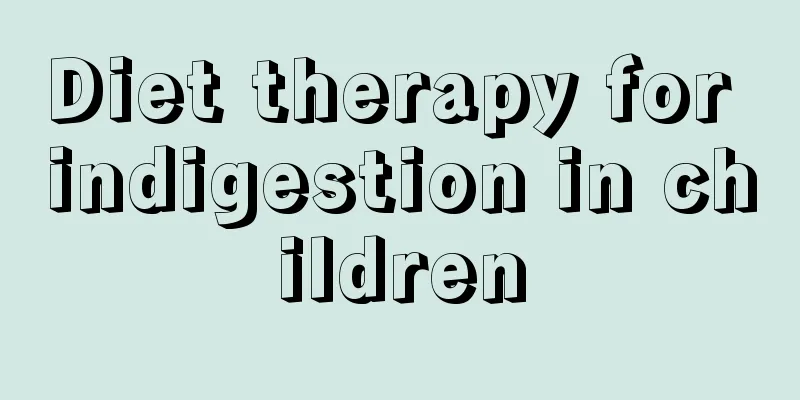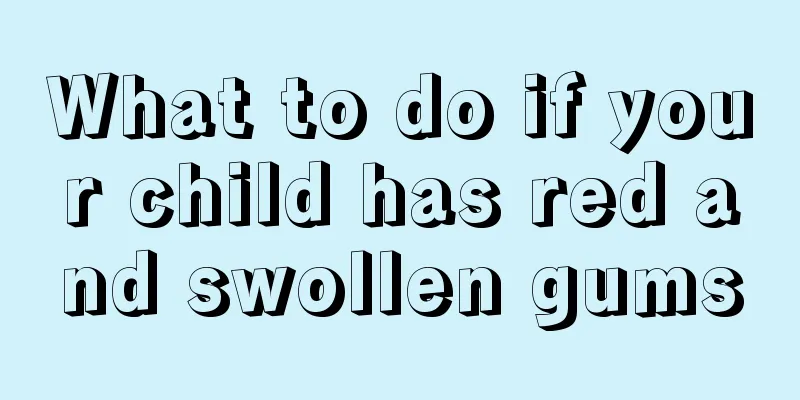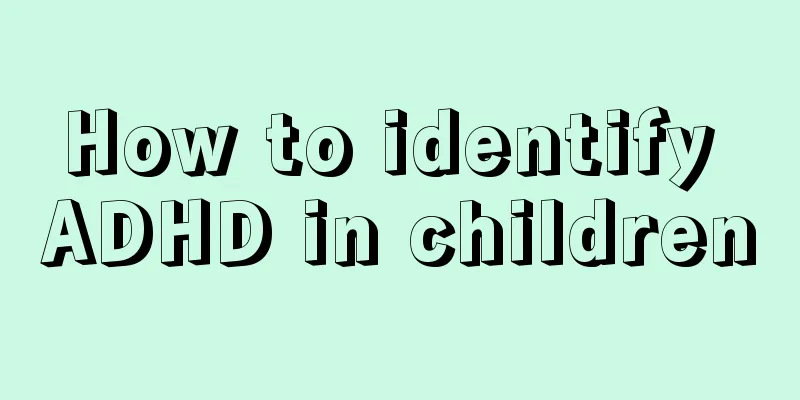Diet therapy for indigestion in children

|
Indigestion is a common disease among many children. The symptoms can be mild or severe. If not adjusted in time, it is easy to cause the child to not absorb food nutrients better, resulting in symptoms such as calcium deficiency and lack of trace elements. This is very detrimental to the child's physical health and growth. Therefore, when such symptoms appear, you must master the method to adjust. However, for young children, taking medicines is prone to some side effects. Adjustments can be made through diet. Let's learn about the dietary therapy for pediatric indigestion. How to deal with indigestion in children through diet 1. During the infant stage from 6 months to 1 year old, the digestive organs are not yet fully developed and the digestive adaptability is poor. There are many reasons for indigestion caused by improper diet and feeding. For example, excessive feeding due to irregular feeding schedules, unreasonable diet combinations with too high milk concentration or sudden changes in diet, inability to adapt to the addition of too many complementary foods, and too high nutritional value of food during the weaning period will all make the infant's digestive organs unable to adapt, resulting in indigestion and abnormal stools. The symptoms are large amount, lots of foam, porridge-like, egg-drop-like, watery, and accompanied by a special sour and smelly odor. For these symptoms of indigestion, just adjust the amount of milk, type, supplementary food, etc. 2. If children over 1 year old have large amounts of stool, foamy stool, rough stool, or stool containing food residues or undigested food, it is mostly due to eating too much or too high sugar content in the food. For such children, you need to control their food intake or reduce the sugar content in their food. Feeding them some easily digestible food such as rice soup, lotus root powder paste, etc. can help them return to normal. 3. For children over 1 year old, if their stools are yellow-brown, watery or mixed with undigested milk curds, and have a pungent smell of rotten eggs, it means that they have difficulty digesting and absorbing protein foods. For such infants and young children, the amount of protein in complementary foods should be reduced. Breastfed children can drink more water before feeding to reduce the protein concentration in the milk. 4. If children over 1 year old have a lot of paste-like stools, which are oily in appearance and contain a lot of milk curds and fat droplets, and have a strong odor, it indicates fat indigestion. You should reduce the amount of food containing more fat in time. (Fat-rich foods: animal fats, fatty meat, egg yolks, milk and milk fat, vegetable oils, soybeans, peanuts, sesame seeds, sunflower seeds, etc.) Diet therapy for indigestion in children 1. Tangerine peel porridge Nutritional analysis: Tangerine peel can strengthen the spleen, regulate qi and help digestion, and is used to treat indigestion, abdominal distension after eating, etc. Preparation method: Cook 50g of polished rice into porridge, add 10g of dried tangerine peel powder when it is cooked and boil. 2. Amomum villosum crucian carp soup Nutritional analysis: Amomum villosum mainly invigorates the spleen and dries dampness, and has a regulating effect on the digestive tract. Onions can warm the middle and regulate the coldness of the spleen and stomach. Crucian carp strengthens the spleen and eliminates dampness. Ginger warms the stomach, and other ingredients used together are effective for children with poor appetite and indigestion in summer. Preparation method: First wash the crucian carp, remove the internal organs and scales, and put the amomum villosum into the fish belly. Put the fish with Amomum villosum into a casserole, add appropriate amount of water, boil over high heat, and add onion, ginger and salt. The above is an introduction to the dietary therapy for pediatric indigestion. After understanding it, we know that diet can better regulate the indigestion phenomenon in children. If such symptoms occur, do not let the child always eat too much food. You can choose to eat small meals frequently. In addition, you can eat some porridge or pasta, which will not increase the burden on the stomach and intestines. If necessary, take the child to the hospital for examination and treatment. |
<<: How to care for a baby with a fever
>>: What is the cause of the baby's startle?
Recommend
Can expired diapers still be used?
In order to save time and energy on shopping, or ...
Can children's convulsions be cured?
Convulsions in children are a relatively common d...
What medicine should children take for enuresis? Recommended by authoritative experts
If a child suffers from enuresis, parents should ...
How to practice aerobic dance for children
Nowadays, teachers will teach children to dance i...
Symptoms of molluscum contagiosum in children
Everyone may be familiar with what viral molluscu...
Is there a white spot on the child's forehead vitiligo?
When white spots appear on the child's forehe...
Why does my baby's hair grow so slowly?
If you observe carefully when a baby is born, you...
Is it necessary to give children the chickenpox vaccine?
Varicella is a relatively common infectious disea...
What to do if your child has ear pain during a fever
When children are at home, they may have a fever ...
What's a good breakfast for kids? 7 Foods Rich in Nutrients
Children's health has always been the top con...
Iron supplementation time for premature infants
Premature babies are prone to mineral deficiencie...
What to do if baby has rhinitis
Allergic rhinitis is mainly a reaction caused by ...
What are the symptoms of low muscle tone in children?
Low muscle tone in children is a very serious pro...
Gifts for one-year-old baby
In this era of one baby in three families, childr...
What to do if your child has ear knots
The development of children is an issue that many...









